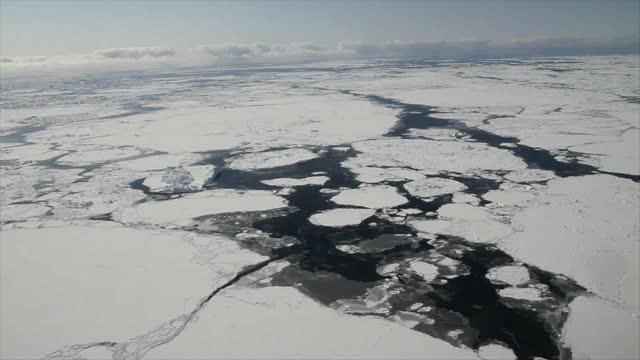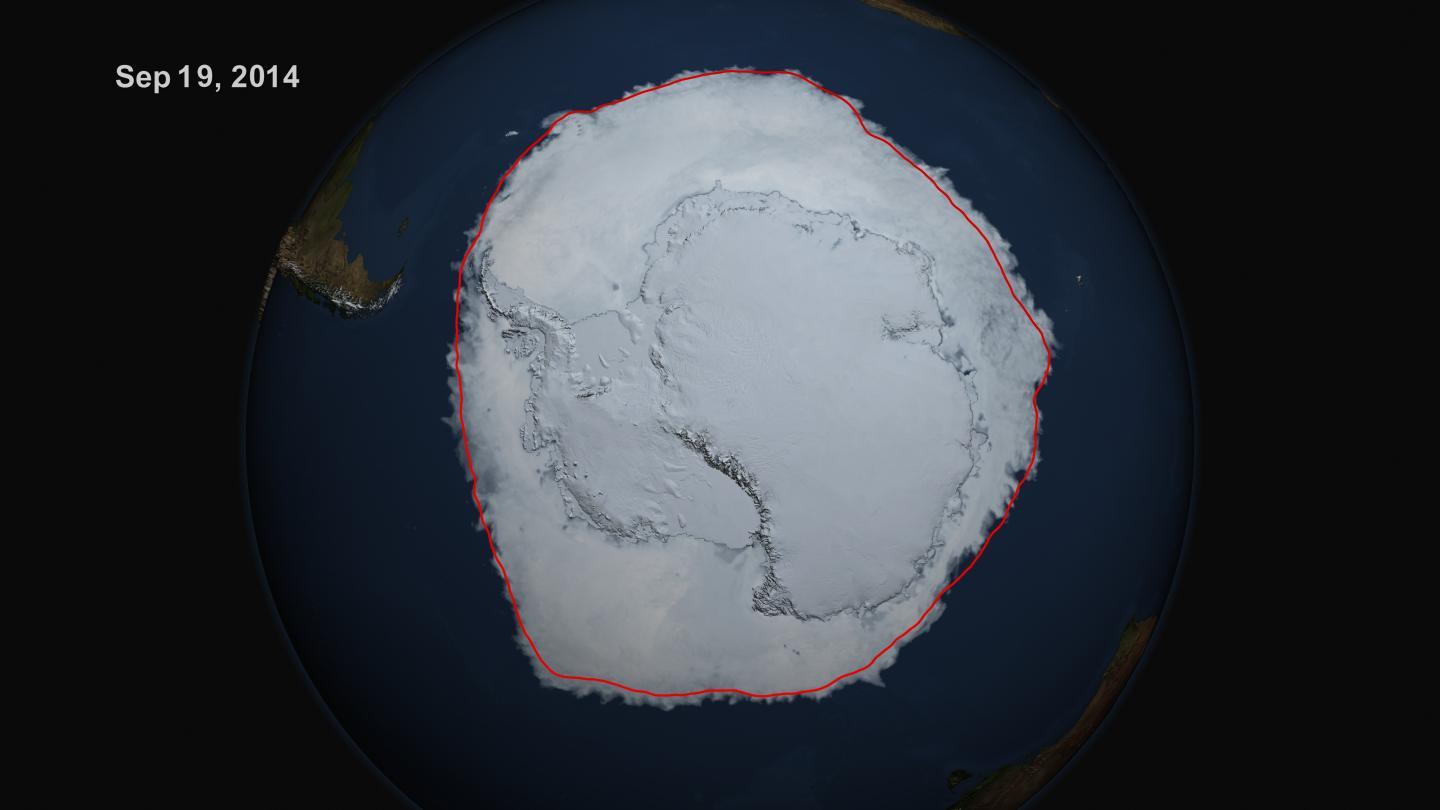For Antarctica, key variables include the atmospheric and oceanic conditions, as well as the effects of an icy land surface, changing atmospheric chemistry, the ozone hole, months of darkness and more.
"Its really not surprising to people in the climate field that not every location on the face of Earth is acting as expected – it would be amazing if everything did," Parkinson said. "The Antarctic sea ice is one of those areas where things have not gone entirely as expected. So it's natural for scientists to ask, 'OK, this isn't what we expected, now how can we explain it?'"

The Arctic and the Antarctic are regions that have a lot of ice and acts as air conditioners for the Earth system. This year, Antarctic sea ice reached a record maximum extent while the Arctic reached a minimum extent in the top ten lowest since satellite records began. One reason we are seeing differences between the Arctic and the Antarctic is due to their different geographies. As for what's causing the sea increase in the Antarctic, scientists are also studying ocean temperatures, possible changes in wind direction and, overall, how the region is responding to changes in the climate.
(Photo Credit: NASA)

On Sept. 19, 2014, the five-day average of Antarctic sea ice extent exceeded 20 million square kilometers for the first time since 1979, according to the National Snow and Ice Data Center. The red line shows the average maximum extent from 1979-2014.
(Photo Credit: NASA's Scientific Visualization Studio/Cindy Starr)
Source: NASA/Goddard Space Flight Center